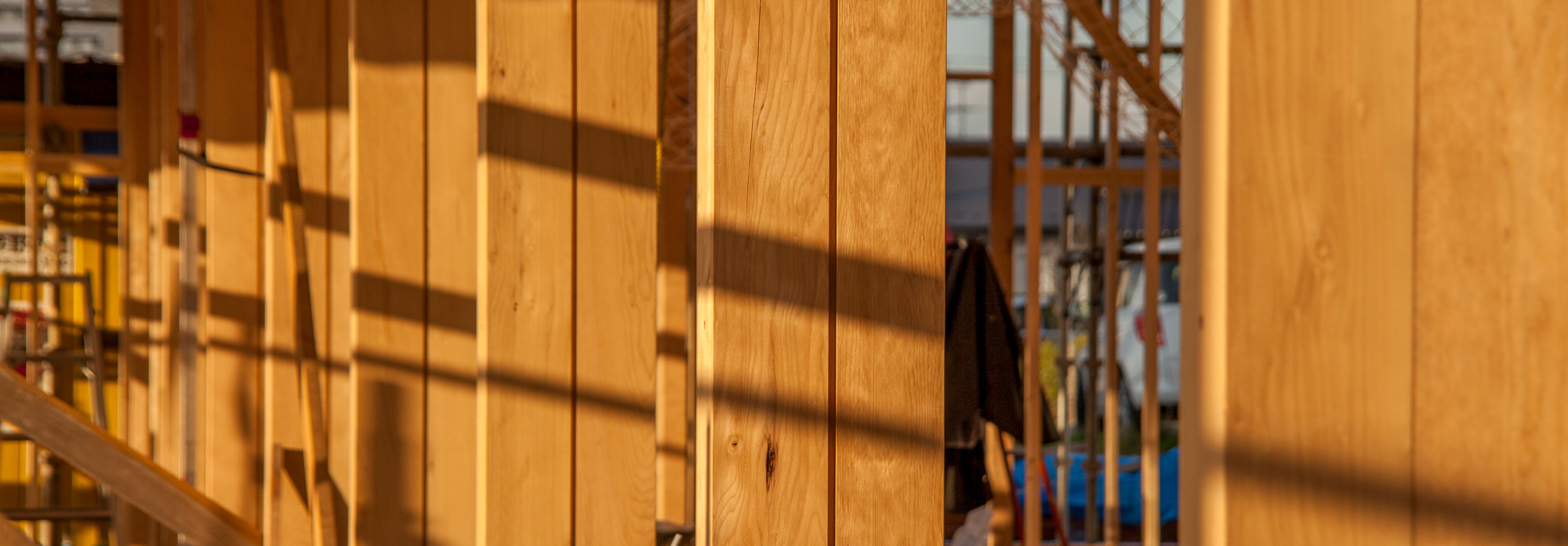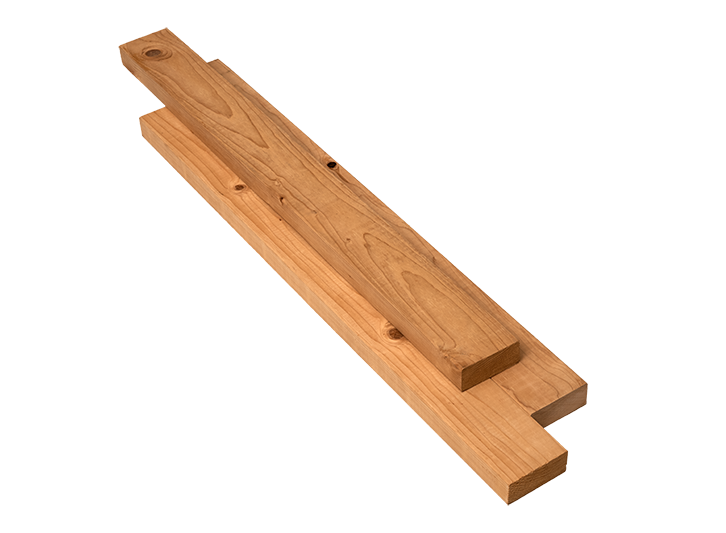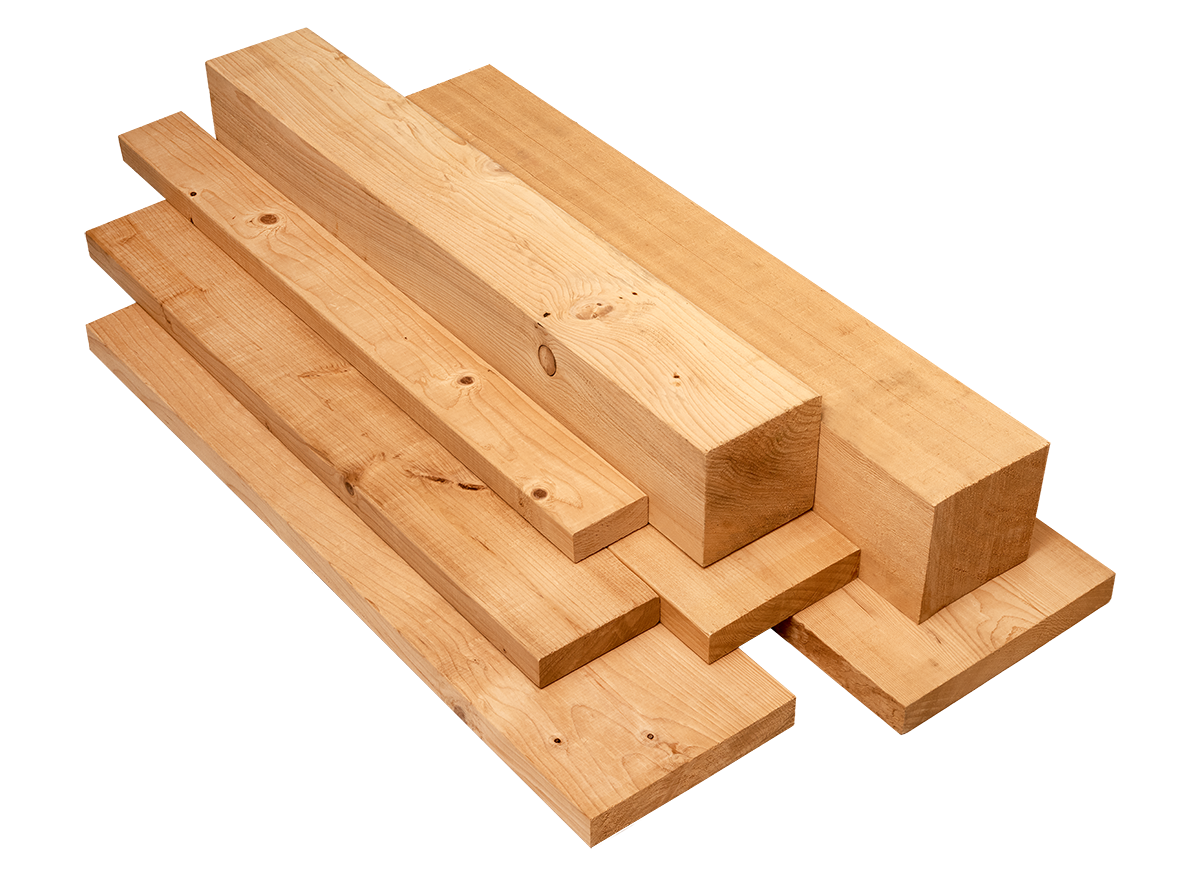Construction Grade
A Hard-working Species Graded for Strength and Durability
Grown in a favourable climate that produces excellent workability characteristics, Pacific HemFir is an ideal choice for construction projects.
Pacific HemFir’s straight grain, strength to weight ratio, and workability, with its ability to hold nails and screws, make it a highly desirable wood for use in construction and structural applications. As a species that’s harvested from the coastal and interior regions of British Columbia, Pacific HemFir dimensional lumber is manufactured in accordance with CSA O141:05 Softwood Lumber and conforms to the requirements of the Canadian and US lumber grading rules.
The greatest volume of Pacific HemFir construction lumber is manufactured to either the National Lumber Grades Authority (NLGA) or Pacific Lumber Inspection Bureau (PLIB) grading rules. The choice of rule typically depends on the intended end use of the product. Specifically, whether a structural product with known engineering properties is required, or whether the wood is intended for remanufacture or general construction where strength is not critical. Lower-grade knotty Pacific HemFir products are useful for those utilitarian applications in construction where economy governs.
To ensure the uniform quality of Pacific HemFir dimension lumber, all Canadian mills are required to have each piece of lumber graded by lumber graders who are approved by an accredited grading agency. Grading agencies are accredited by the The Canadian Lumber Standards Accreditation Board.
Pacific HemFir is also available sorted
Although graded together as a mixed-species group, Amabilis fir and Western hemlock are also available separately for different applications:
Amabilis fir – often used in structural products with applications throughout residential and commercial construction, including framing, sheathing, sub-flooring, concrete forms, decking, planking, beams, posts and prefabricated buildings.
Western hemlock – used for general construction, roof decking and plywood, as well as for laminating stock and the production of glue-laminated and solid beams. Its strength and stiffness make it a preferred material for use in horizontal components and longer spans.
WE’RE HERE TO HELP


